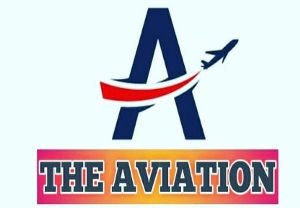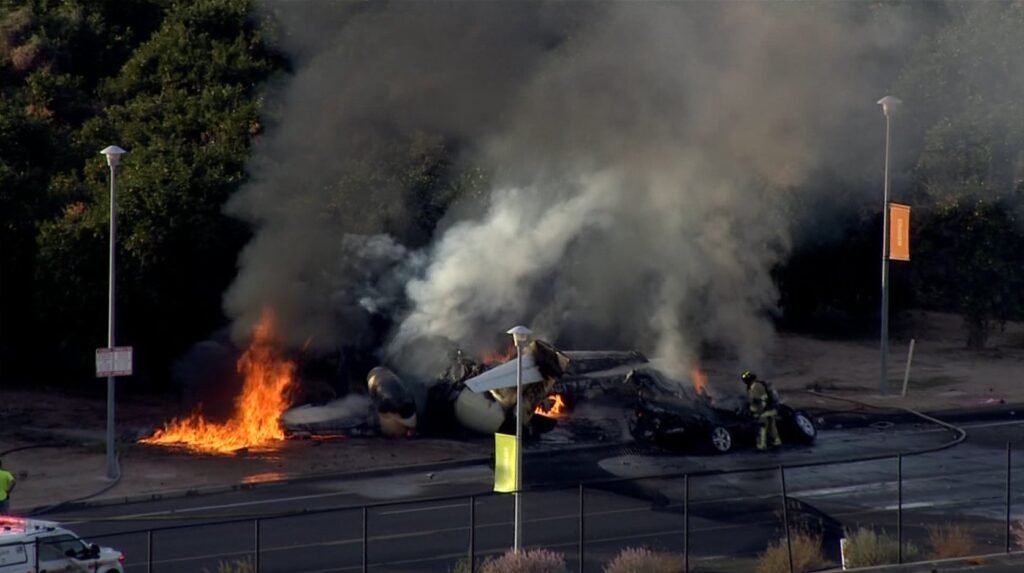EMAS Engineered Material Arresting Systems for Aircraft Runway Overshoots Protection -: The Aviation
EMAS Engineered Material Arresting Systems for Aircraft Runway Overshoots Protection -:
As everyone knows today, the use of air travel is increasing to a great extent.
But with this, safety is the most important whether it is human or airplane.
Recently, it was seen that an Air India Express plane at Calicut Airport slipped down the runway and shattered into two to three pieces.
It was a very sad incident, some people was died and many people were also injured.
What can be the reason behind this incident, it will be known only in the report of #DGCA.
major factors for Runway Overshoots -:
For that Mechanical wear, contaminants such as rubber from plane tyres, and the impact of multiple take-offs and landings that cause a “polishing action” on the runway surface: These are some of the main factors that have been identified in a DGCA audit as the major factors for eroding the friction or skid-resistance of runways, which puts aircraft and passengers at risk during landing.
Apart from that “Contaminants such as rubber deposits, jet fuel, oil spillage, moss, algae, water, snow, ice and slush, all cause friction loss on runway surfaces,” the Directorate General of Civil Aviation (DGCA) noted.
More causes because of “Heavy rubber deposits from the tyres can completely cover the pavement surface texture, causing aircraft braking capability and directional control particularly when runways are wet,” reads the order.
In continuation The #DGCA has stressed on conducting periodic ‘friction tests’ of runways to ensure any deterioration in conditions owing to different factors is nipped in the bud.
When to be tested runway -:
According to #DGCA Deputy Director General D.C. Sharma said the order clearly states the number of friction tests to be conducted at different airports: Once-a-year friction tests for #airports handling less than 15 flights a day, and once-a-week for those handling over 200 flights a day.
Similarly By adopting a systematic #approach to the measurement of runway surface friction characteristics, the degradation of runway surface friction can be determined by the comparison and assessment of data over time,”
After runway test “By utilising this data, aerodrome operators should be in a position to target maintenance as required in order to ensure #aircraft braking performance is optimised.”
After evaluate the results “Thus when it is suspected that a runway has become slippery under other-than-normal wet conditions, or due to unusual surface conditions, additional friction measurement should be conducted by #aerodrome operator,” the #circular states. “Each runway end should be evaluated separately.”
In a Regular friction measurement enables an aerodrome operator to build up an overview of its condition over a period of time and identify deterioration. This enables runway maintenance to be planned and carried out in a timely manner.
NEW EMAS #TECHNOLOGY -:
But as a way to avoid this incident, one must try to find ways to prevent such incidents in the future, which is why the #Federal Aviation Administration (FAA) has approved runway safety zones (RSAs) at commercial service airports by the end of 2015. Worked actively to improve.
The Runway Safety Zone (RSA) is typically 500 feet wide and extends 1,000 feet beyond each end of the runway. This area provides a graded zone in the event that an aircraft dislodges, undershoots, or escapes from the edge of the runway. The construction of most of the many airports adopted the current 1,000-foot #RSA standard about 20 years ago. In some cases, it is not practical to obtain a full standard runway safety zone as there may be a shortage of available land.
Around 100 airports around the all over world have installed it to prevent runway overrun system in airport.
And water bodies, highways, railways and populated areas or terrain can have obstacles such as severe drop-offs.
Let me tell you that the Federal Aviation Administration began research in the 1990s to determine how to improve security at more and more airports where full runway safety zones cannot be achieved. Apart from thisWorking in concert with the University of Dayton, the Port Authority of New York and New Jersey, and the Engineering Arresting Systems Corporation, a new technology emerged to safely arrest an aircraft that uses #EMAS.
It is a crucible material placed at the end of a runway to intercept an aircraft that overruns the runway. During this process the aircraft’s tires are submerged in light material and the aircraft decelerates as the material is rolled through.
Benefits of EMAS Technology!! #TableTopRunway -:
EMAS technology improves safety benefits in cases where land is not available for long airports, or it is not possible to exceed the standard 1,000 feet. Let me tell you that a standard EMAS installation can prevent an aircraft from overwriting on the runway at a speed of about 80 mph. In this process an EMAS arrester bed can be installed to help slow or halt an aircraft that overtakes the runway, even if less than the standard RSA length is available.
#EMAS Manufacturer -:
According to information the Runway Safe acquired the EMASMAX product range from ESCO by February 2020. Runway Safe is the only manufacturer of EMAS products that meet the requirements of Advisory Circular 150-5220-22B, “Engineered Material Management Systems for Aircraft Overrun.” Currently, Runway Safe has two EMAS systems, the cellular concrete block system called EMASMAX and the silica foam system called GreenMass.
The FAA will still have to review and approve each EMAS installation.
EMASMAX is the latest, most durable version of Runway Safe’s block-based EMAS, developed and technically accepted by the FAA. All #EMASMAX captive beds are made of blocks of lightweight, crusable cellular cement material designed to safely intercept airplanes that inspect the runway.
Runway Safe’s GreenMass is a family silica bed made from recycled glass and contained in a high-strength plastic mesh system anchored to the pavement at the end of the runway. This lattice silica is poured into lattice-bound lanes and a cement layer is added to it and treated with a top coat of sealant.
Similarly Both #EMAS products are located at the end of the runway and are typically the full width of the runway. The length depends on the configuration of the airport and the fleet of aircraft used by the airport.
Runway End Safety Areas (#RESA)
It is a A defined prepared surface beyond the runway end and suitable for reducing the risk of the aircraft damage or injury to the passengers and also crew at the situation of an undershoot, overrun or excursion from the runway.
Same It also Provides a safety margin for aircraft that overshoot the runway
surface.
●Vast majority of overruns are in poor
weather conditions.
●Clear weather overruns are typically
due to aircraft malfunction.
What is #EMASMAX Technology -:
●A bed of cellular cement blocks encased in an environmental cover that is placed at the end of a runway to decelerate an overrunning aircraft in an emergency.
●Passive system that will reliably and predictably crush under the weight of an aircraft, providing gentle, consistent deceleration.
Currently #FAA initiative -:
By now the #FAA’s office of airports has improved the #RSA at more than 500 commercial airports. This means that all practical improvements, including the use of #EMAS technology at these airports, have been made on about 1,000 runways. These RSAs have been practically reformed to the full standards or extent, not including the transfer of FAA-owned shipping equipment.
The #Runway Overshoots Problem Report
Over the last 15 years, there have been an annual average of +30 overruns worldwide involving commercial aircraft -:
● In 90% of overshoots, the aircraft exits the runway at <70 Knots
● Approximately 50% of overshoots are <40 Knots
● 25% of overshoots are classified as “major” incidents (significant aircraft damage and/or injuries/fatalities)
● 10% result in fatalities (over 1000 fatalities since 1995)
● In the last 10 years, runway excursions have
accounted for 29% of all aircraft accidents and
over 50% of commercial aviation fatalities
● Excursions account for 83% of all fatal runway safety accidents.





